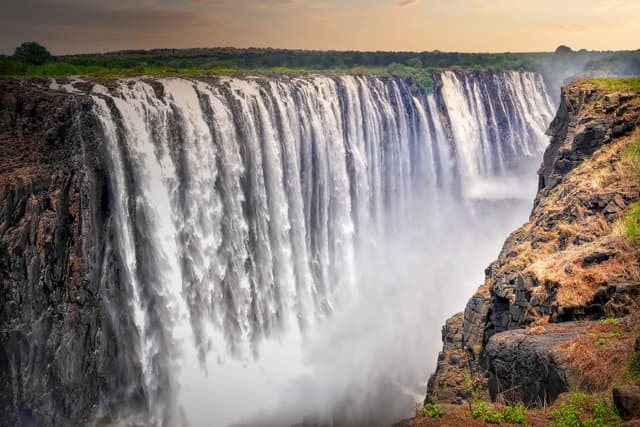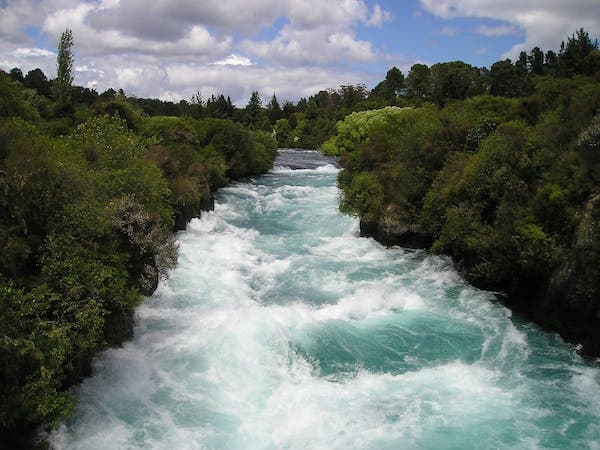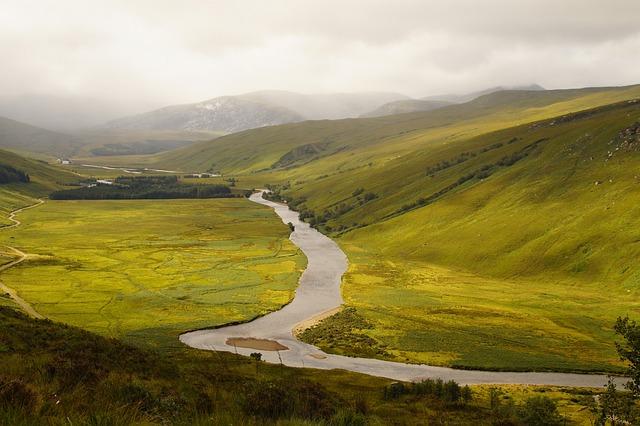Myths about teaching can hold you back
- Year 3
The river's journey
I can describe changes in a river and its landforms as it flows along its course.
- Year 3
The river's journey
I can describe changes in a river and its landforms as it flows along its course.
These resources were made for remote use during the pandemic, not classroom teaching.
Switch to our new teaching resources now - designed by teachers and leading subject experts, and tested in classrooms.
Lesson details
Key learning points
- The width and depth of rivers get larger and the river gets faster as it flows from source to mouth.
- The rocks in the river usually get smaller as the river flows downstream.
- Landforms like waterfalls are usually found in the upper course of a river.
- Landforms like meanders and floodplains are found in the middle and lower course of a river.
Keywords
Course - The course of a river is the path it takes from its source at the start to its mouth at the end
Downstream - Downstream is the direction a river flows as it moves towards the mouth
Tributary - A tributary is a smaller river or stream that joins a bigger river
Landform - A landform is a natural feature created by a process such as erosion or deposition
Common misconception
Rivers are fast near the source and become slower as they flow downstream.
Rivers are, on average, slower in the upper course. The reason for this is due to small rivers being slowed down by friction with the bed and the banks.
To help you plan your year 3 geography lesson on: The river's journey, download all teaching resources for free and adapt to suit your pupils' needs...
To help you plan your year 3 geography lesson on: The river's journey, download all teaching resources for free and adapt to suit your pupils' needs.
The starter quiz will activate and check your pupils' prior knowledge, with versions available both with and without answers in PDF format.
We use learning cycles to break down learning into key concepts or ideas linked to the learning outcome. Each learning cycle features explanations with checks for understanding and practice tasks with feedback. All of this is found in our slide decks, ready for you to download and edit. The practice tasks are also available as printable worksheets and some lessons have additional materials with extra material you might need for teaching the lesson.
The assessment exit quiz will test your pupils' understanding of the key learning points.
Our video is a tool for planning, showing how other teachers might teach the lesson, offering helpful tips, modelled explanations and inspiration for your own delivery in the classroom. Plus, you can set it as homework or revision for pupils and keep their learning on track by sharing an online pupil version of this lesson.
Explore more key stage 2 geography lessons from the Rivers: what's special about them? unit, dive into the full primary geography curriculum, or learn more about lesson planning.

Licence
Prior knowledge starter quiz
6 Questions
Q1.What process causes the Earth’s surface, e.g. rock or soil, being worn away and transported from its original site.
Q2.What is this landform?

Q3.Which statements describe this river?

Q4.A meander is a bend in the river., which of these statements correctly describe the processes taking place?
Q5.Where are estuaries found?
Q6.As a river slows down it loses energy. This means what process increases?
Assessment exit quiz
6 Questions
Q1.Which of these describe the three parts of a river's course?
Q2.Which of these statements describe the lower course?
Q3.Where on the river are these landforms found?
upper course
middle and lower course
middle and lower course
Q4.What landforms can you see on this image?

Q5.What happens to rocks in the river as they are eroded?
Q6.Can you match the river course to the correct description?
narrow, shallow and slow with large rocks
larger, wider and faster with smaller rocks and sediment
very wide and deep with very small sediment


